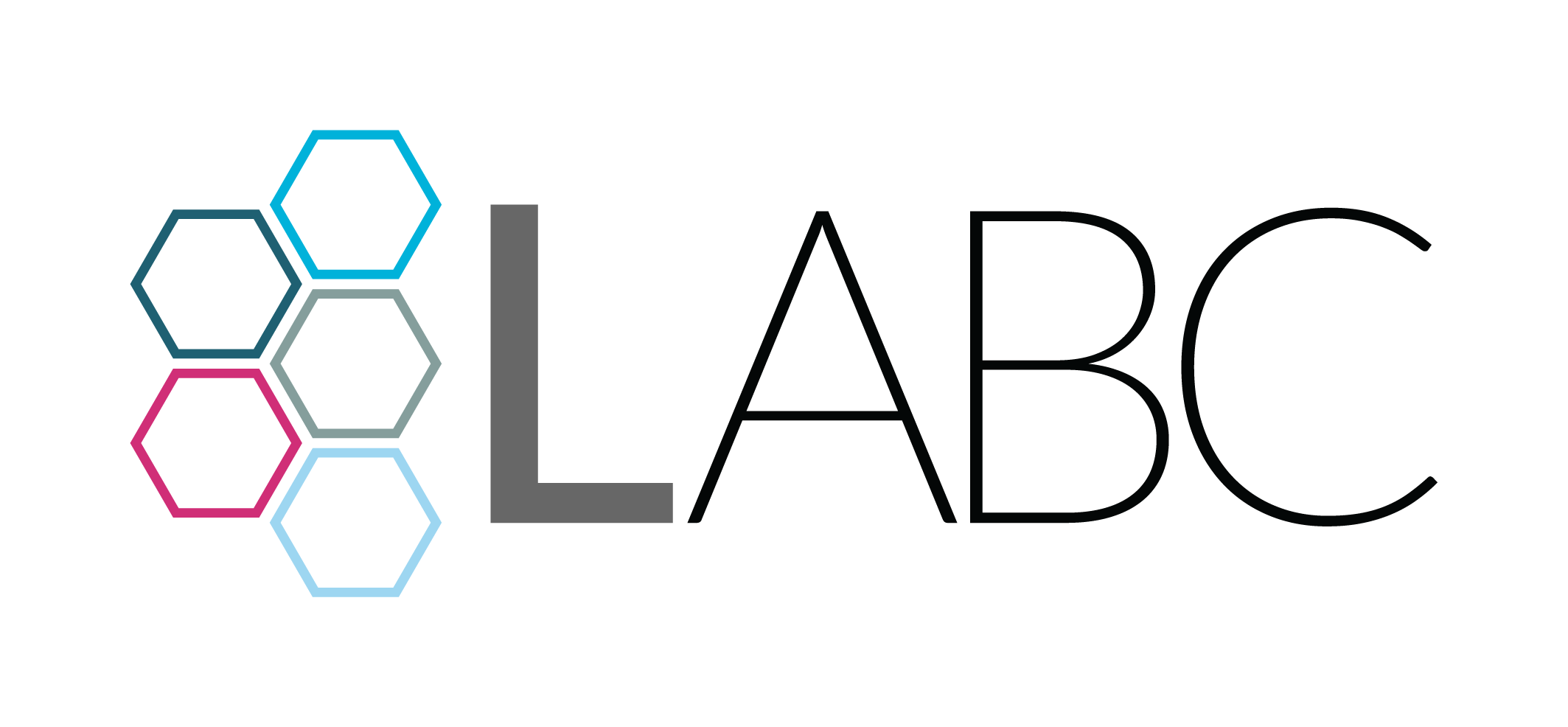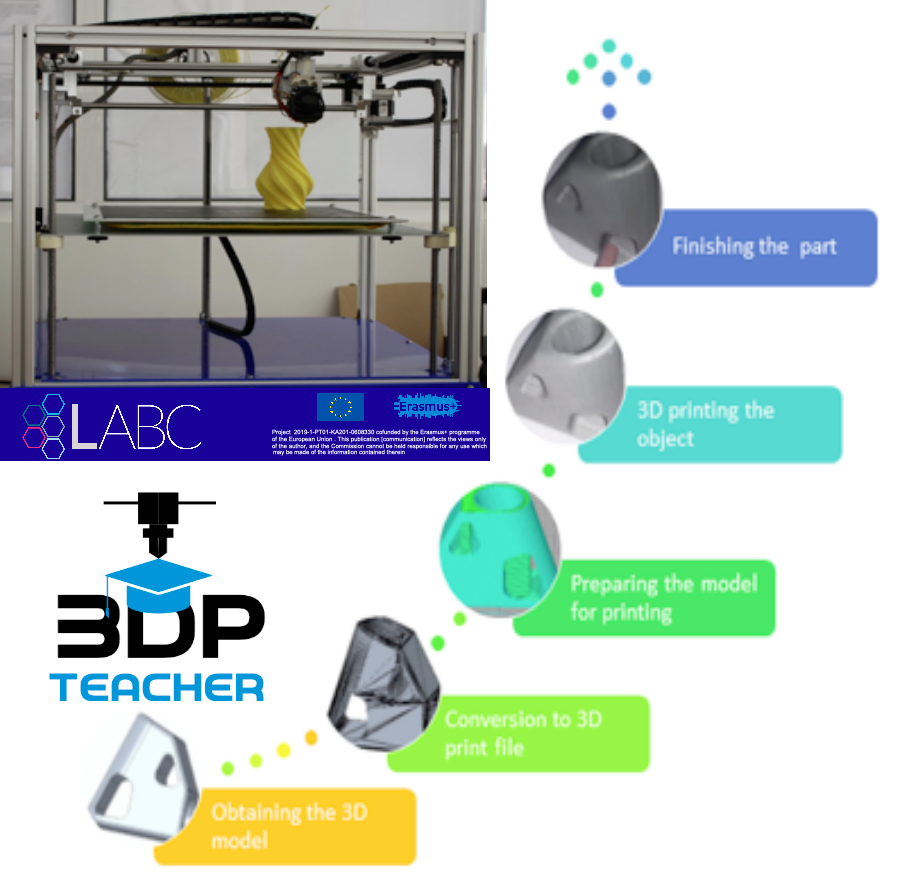3D printing (3DP) is poised to have a significant impact on many aspects of our lives and work in the near future. It is increasingly used in schools all around the world, thanks to its beneficial effects on the educational process.
3D printing is a general term for a set of technologies that can build three-dimensional objects from a digital file by adding material layer after layer. Nowadays, there are many 3DP technologies available based on different approaches and making use of various materials (plastic, metal, concrete, chocolate, etc.). Among these, Fused Deposition Modelling (FDM) is the most popular and most affordable. In addition, it is suitable 3DP for use in a school environment.
FDM creates objects by melting a plastic wire (called filament) and applying it, layer after layer, through a heated nozzle. You can see a FDM 3D printer at work in the picture below.
3D printing by FDM involves the use of a computer, a digital 3D model, a 3D printing slicer software, a 3D printer and filament. Typically, a 3DP process is composed from the following steps:
- The digital model of the object to be 3D printed is created by 3D modelling or 3D scanning. Alternatively, it can be downloaded from a 3D model repository like www.thingiverse.com
- If necessary, the digital model is translated into a 3D printing file, usually a STL type.
- The 3D printing file is prepared for printing, process finalised with the generation of a file (named G-code) that includes all the instructions needed by 3D printer to build the part.
- The G-code file is run on the 3D printer and the part is created.
- If necessary, the part is finished (cleaned, polished, painted, etc.).
Figure 2 – 3DP process steps. Source: Ludor Engineering
You will find more information about 3D printing, including applications, trends and its benefits for Education in the “3DP TEACHERS’ GUIDEBOOK”. Make sure you are following the “3DP TEACHER – implementation of 3D Printing in future education” project’s Facebook page to be the first to know when the guidebook is published on project’s website.

